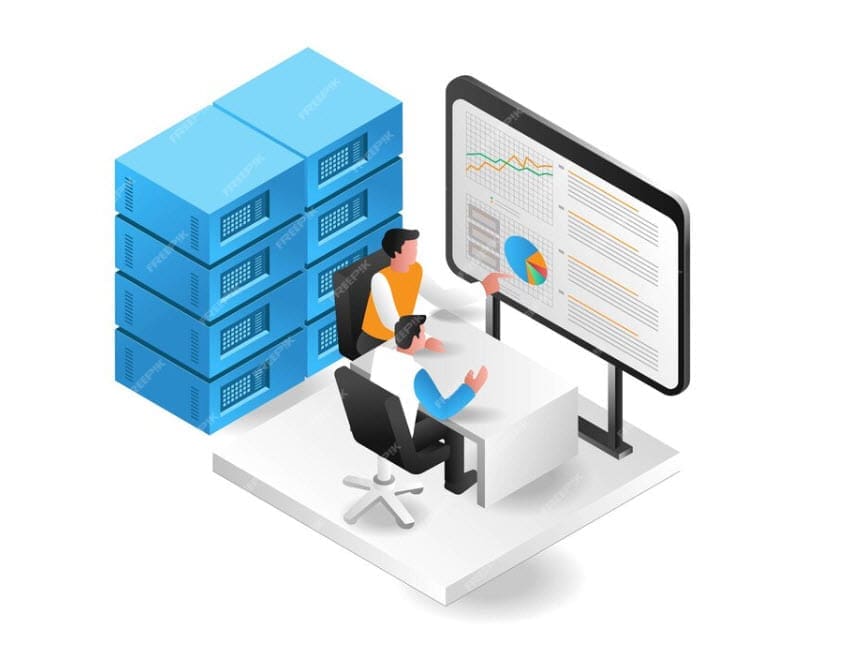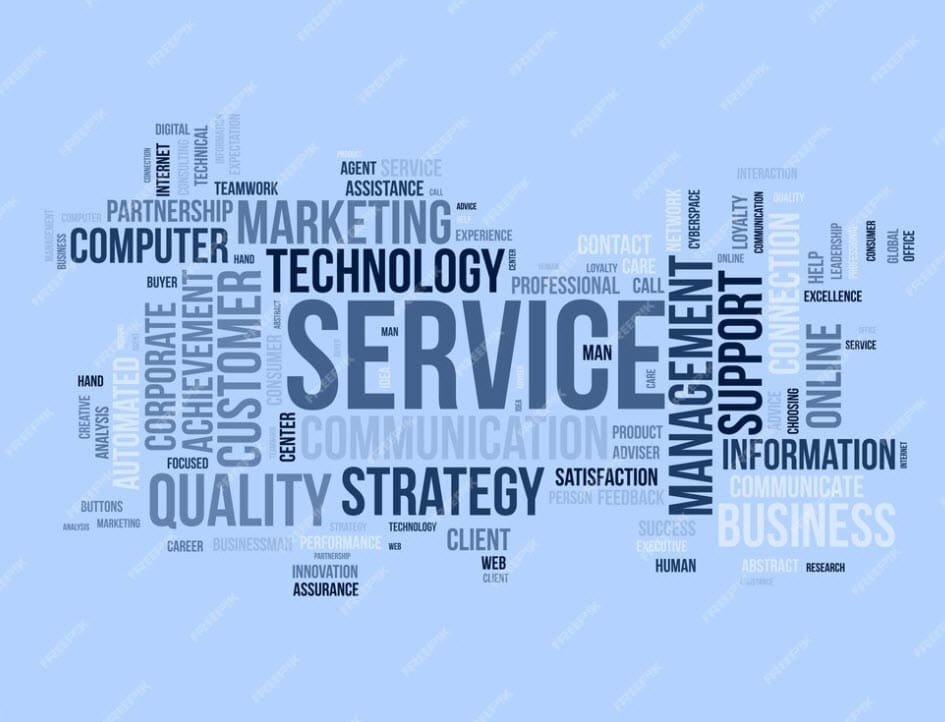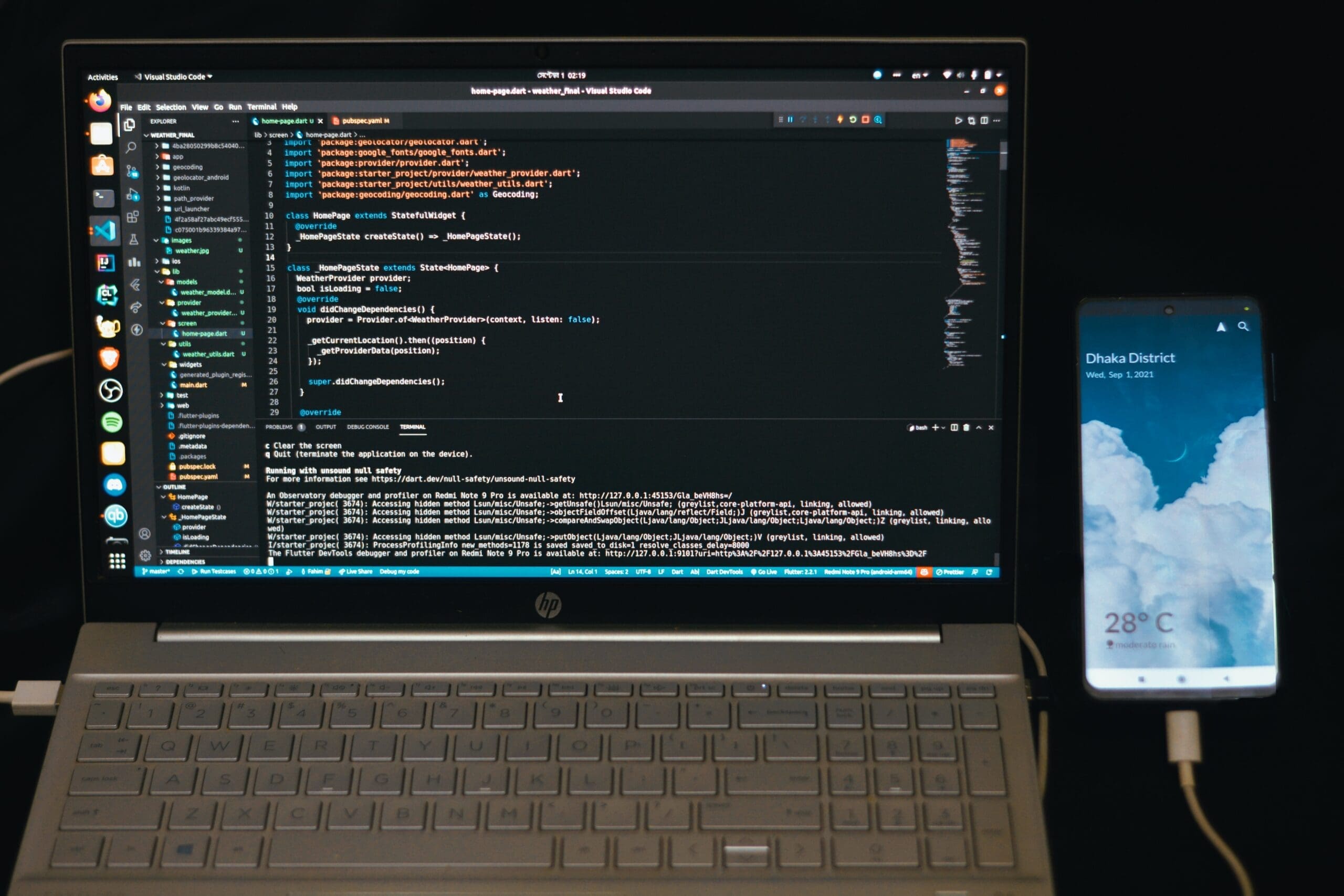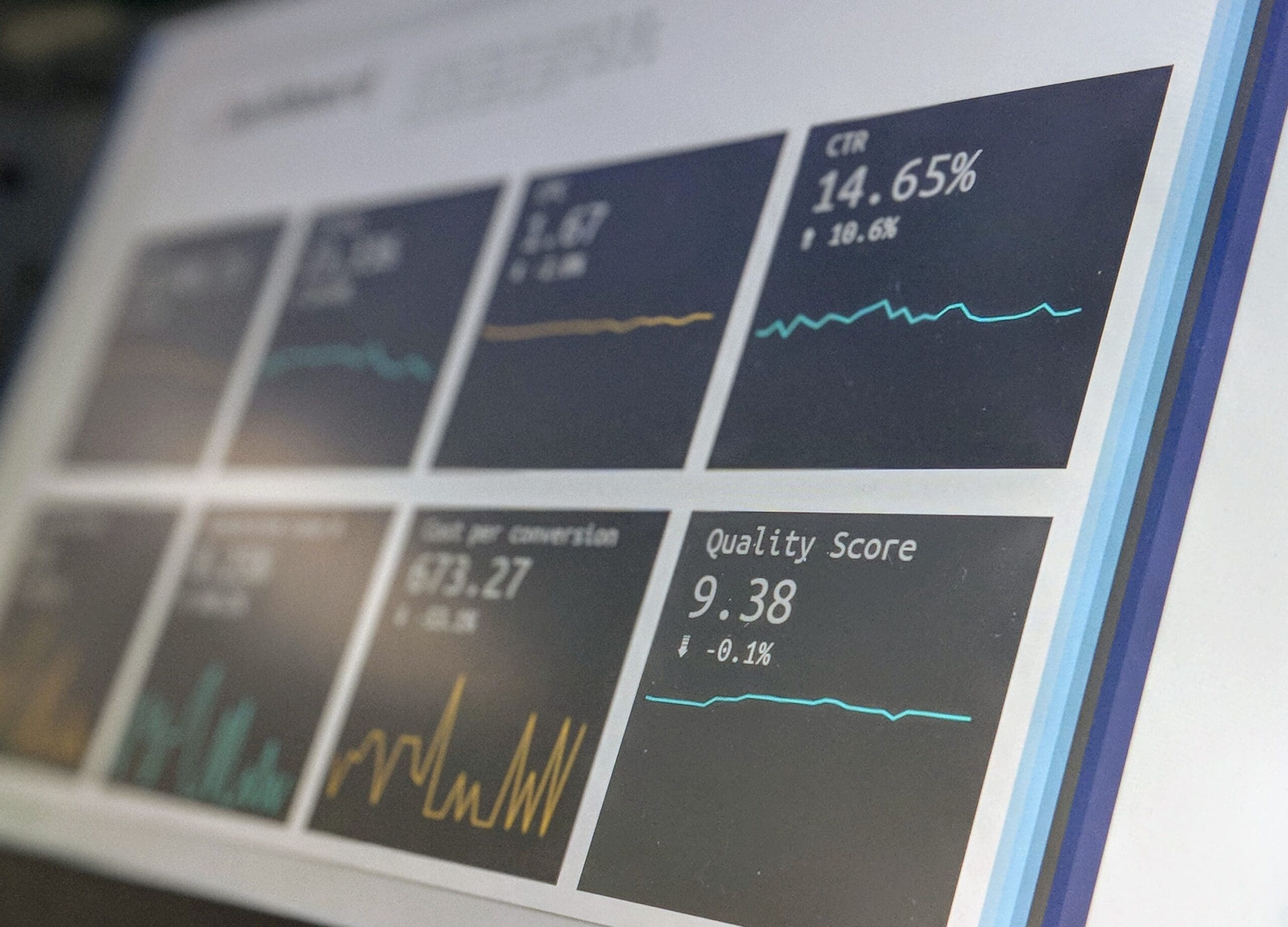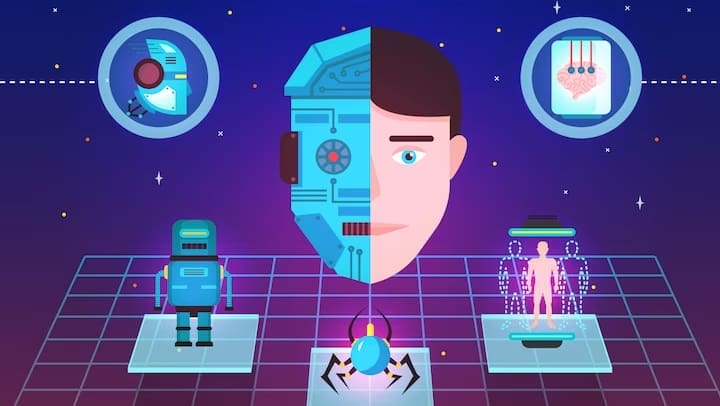Seamless Operations: The Impact of Remote IT Management in the USA
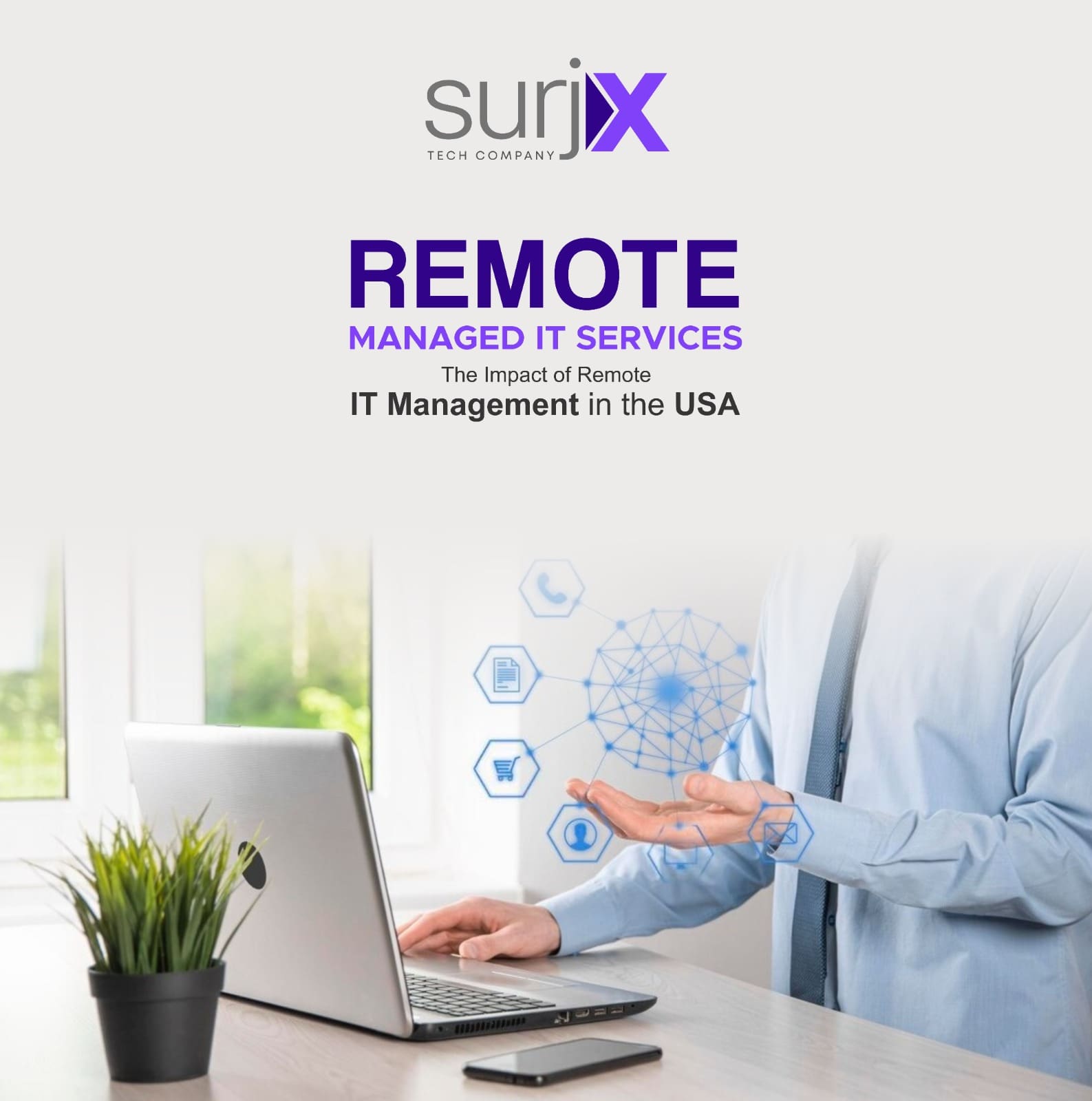
The development of remote IT has caused a paradigm shift in the way companies function in the USA in the rapidly changing world of technology. By demolishing the barriers of traditional office spaces, this revolutionary method has revolutionized the traditional work landscape in addition to streamlining operations. The development of remote IT management has turned into an adaptable lighthouse that helps businesses face challenges straight away.
Employees are now empowered to embrace flexibility and a healthy balance between work and life as a result of this shift. This blog post will discuss the significant influence of remote managed IT services highlighting their numerous advantages and offering practical instances that highlight how important they are in reshaping the nature of work in an era of limitless connectivity.
A Game Changer for IT management
The COVID-19 epidemic accelerated the shift to remote work and forced companies to reevaluate their IT management plans. Employees are dispersed across different regions, so effective remote IT administration became essential. To guarantee continuous workflow, businesses resorted to solutions based on the cloud and collaborative platforms.
For example, the number of users on the video conferencing platform Zoom has increased dramatically and it is now widely associated with remote work and virtual meetings. With over 300 million users by April 2020, its user base exploded from 10 million in December 2019 a clear indication of how widely used remote communication solutions are around the world. The rise in Zoom’s popularity is a prime example of how technology has not only kept pace with the needs of the remote managed IT services but has also been essential in ensuring business continuity in these unheard-of circumstances.
Asana and Trello two cloud-based project management mobile applications experienced a sharp increase in usage allowing distant teams to collaborate easily. These solutions demonstrated the revolutionary effect of remote IT administration on overall operational efficiency by improving communication while also enabling teams to uphold project timetables and milestones.
Safeguarding Digital Territories
As companies began to accept remote employment, cybersecurity risks increased. Strong security measures, data integrity, and digital landscape protection were all made possible via remote IT managed services.
The significance of remote IT management in detecting and addressing widespread cybersecurity risks was brought to light by the SolarWinds misconduct. Major government agencies and corporations were penetrated by a sophisticated cyber-espionage campaign, it was discovered in December 2020. Not only did remote IT monitoring help identify the security breach but it also allowed for quick action to control and repair the damage.
This incident made clear how important remote IT management’s ongoing monitoring, threat detection, and preventative cybersecurity procedures are. To strengthen their defenses, businesses resorted more and more to multi-factor authentication, encryption, and enhanced endpoint security. The SolarWinds disaster served as a wake-up call for businesses, leading them to review and strengthen their cybersecurity plans. As a result, remote IT management has become essential to the continuous fight against emerging cyberthreats.
Breaking Geographic Barriers
Access to a worldwide pool of workers is one of the amazing benefits of remote IT management. Now that qualified individuals from all over the world may be hired by US-based companies their teams will be more diverse and innovative.
The web-based Git repository manager GitLab is an example of an all-remote business, with staff members dispersed over several continents, demonstrating the potential benefits of a globally dispersed workforce. This methodology promotes a diverse and inclusive work environment in addition to enabling GitLab to access talent regardless of geographic limitations. GitLab is a prime example of how remote IT management not only expands the talent pool but also delivers diverse viewpoints that foster creativity and problem-solving, with team members working together across time zones and cultural backgrounds.
Companies looking for specialist skills now have a strategic advantage thanks to his global approach to talent acquisition. Access to a wider range of skills is made possible by it and it also promotes a dynamic work culture that is centered around teamwork and learning from a diverse range of experiences. As a result, remote IT management is now a driving force behind innovation in the modern workforce, dismantling conventional obstacles to employment and advancing companies’ globalization.
Getting rid Storage spaces for Optimal Performance
Jira and Confluence, two of Atlassian’s collaboration tools enable teams to work together effortlessly and promote efficiency in software development and project management. By integrating these solutions, communication barriers that frequently exist between IT, development, and business groups are eliminated, allowing cross-functional teams to work together. For example, Jira makes it easier to track issues and manage projects, and Confluence acts as a common knowledge base to make sure that information is shared throughout departments without any problems.
This connectivity promotes a culture of openness and shared accountability in addition to improving project delivery. Remote IT management solutions, such as those provided by Atlassian, allow teams to quickly adjust to shifting project requirements through real-time updates and collaborative spaces, resulting in an ecosystem of organizations that is more agile and responsive. Companies who use these kinds of communication technologies consequently become more innovative, flexible, and efficient overall, demonstrating the revolutionary effect that remote IT management has on removing internal barriers for optimal efficiency.
Conclusion
In the USA, the effects of remote IT management go well beyond the fields of technology. It is now a force for transformation, transforming how companies work together, develop, and function. This revolutionary path has been a step toward a more sustainable and flexible future as well as a reaction to outside issues like the COVID-19 pandemic.
A more adaptable, safe and globally connected future is certain if we adopt these technology developments as we continue to negotiate the changing landscape of remote managed IT services. Beyond just improving operational efficiency, the lessons gained from the quicker adoption of Top Managed IT Services Providers represent a fundamental change in how businesses handle talent recruiting, work culture and digital security.
Share this article
Written by : admin
Latest Articles
May 10, 2024
February 1, 2024
December 28, 2023
December 26, 2023
December 18, 2023
December 15, 2023
September 26, 2023
September 21, 2023
September 19, 2023
September 19, 2023
September 12, 2023
September 5, 2023
August 29, 2023
March 31, 2023
March 20, 2023
March 13, 2023
March 13, 2023
March 13, 2023
March 13, 2023
March 13, 2023

